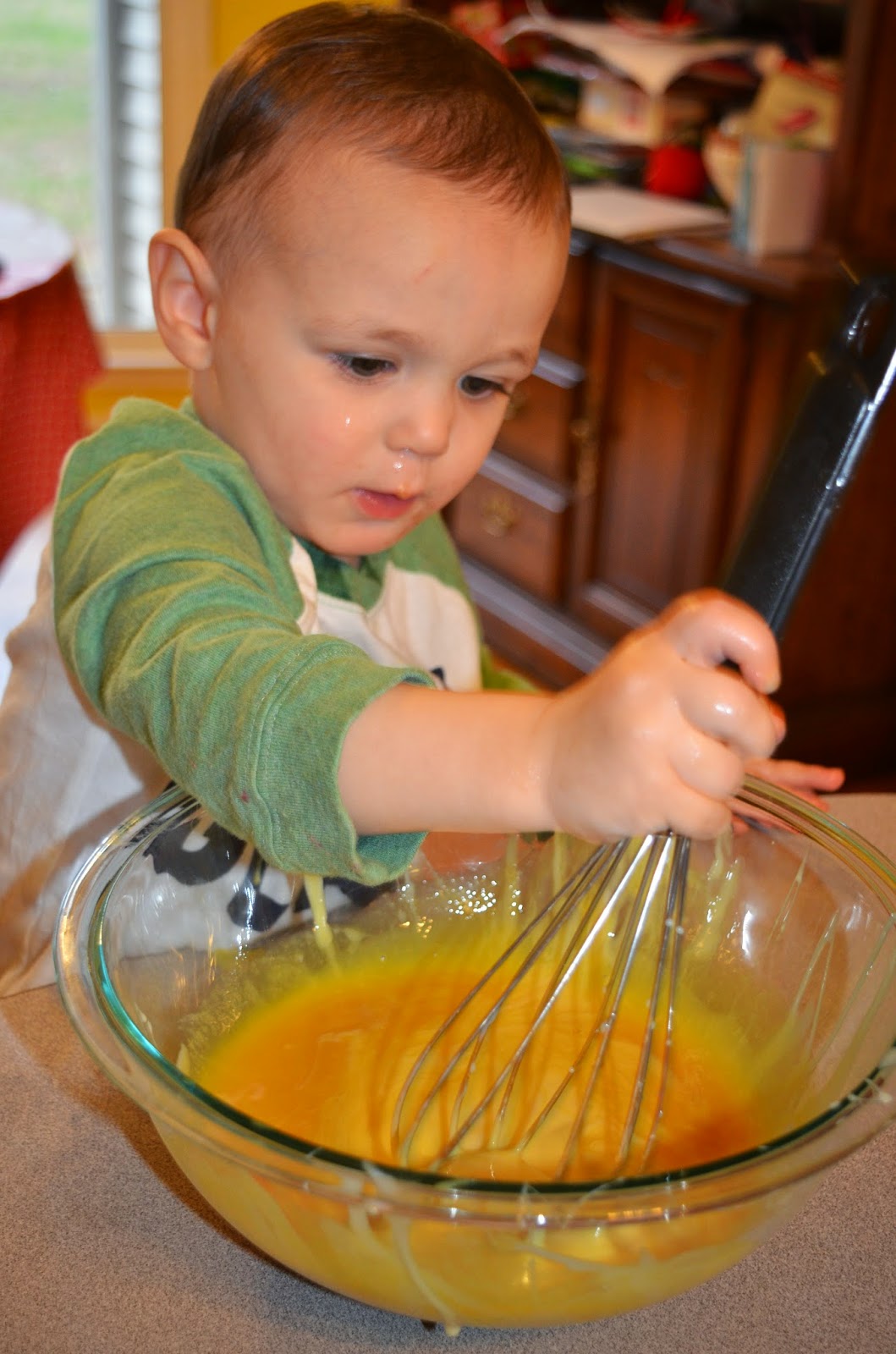I am in the midst of renovating the master bath in our new home. While the house itself is generally very nice, things like the mirrors and cabinets are builder-grade and lacking any sort of style or personality. I'd seen on pinterest several posts about folks who had added frames to their boring mirrors to give them a polished hotel/spa bathroom feel. Every post promised it was an easy DIY project that wouldn't cost very much. You never know when a supposed foolproof pinterest project will turn in to a pinterest fail, but this one did not!
 |
Before - hubby's side and the inspiration
shower curtain |
 |
| Before - my side |
I started out by measuring my mirrors. There are two in the bath and they were hung slightly differently, so my new frame was going to unify their look (one mirror was about 2" above the sink backsplash, the other was flush with the backsplash). I measured from the edges of the mirror, and then added on the little bit where those doofy plastic clips stuck out beyond the mirrors' edges. I needed a total of ~32' of trim.
 |
| Doofy little mirror clips |
I went to Home Depot to investigate styles of trim. There were some beautiful, chunky door and window casings that were $2.20/ft, but my budget-conscious self opted for a simpler choice (2 1/2" wide) for $0.80/ft. It was a primed composite material, no need for real wood since I was just going to paint it. My total cost was about $30 for the trim. I also picked up a tube of
Liquid Nails adhesive and the
caulking gun thing.
Since I am also painting the bathroom cabinets, I already had the paint on hand to use for the mirror frame. I'd added
Floetrol to my gallon of semi-gloss paint (Behr Dark Truffle PPU5-19, from Home Depot) The
Floetrol helps the paint self-smooth when you brush it on, reducing the appearance of brush strokes. One bottle will last you through several gallons of paint, and it's a worthwhile investment for any painting project you want to come out nice and smooth. I also used the fancy
Purdy brush I splurged on. I'd read that a good brush makes a difference, and I found that to be true.
All my supplies in hand, I then cut my molding pieces. I used my
table saw, mitering the corners at 45 degrees. If you don't have a good saw at home, the friendly folks at your big-box hardware store can cut them for you, or you can get a
miter box and
hand saw to do it at home. The important thing to watch is that the thick edge of the casing, which will be on the outside of the frame, is where the widest part of your miter is, and the thinner part of the molding is shorter edge. I cut a couple wrong, but fortunately had allowed myself enough leeway to correct my error.
Next came painting the boards. This was the most time consuming because, well, paint takes time to dry. If you buy your supplies one weekend, and paint a coat daily throughout the week, you can finish up the following weekend. Rather drawn out, but necessary. I painted three coats on the front of the molding and two on the back. You need to paint the backs because they will show in the reflection of the mirror.
Now it's time to hang. Some folks glue their frame together before installing - I didn't do that. Instead I installed each board separately. First you need to
chisel out recesses where the doofy little plastic mirror clips are so that they can nestle within the board (which should be flat against the mirror). We held the pieces in place and marked on the back of the board where the clips were. My husband had the bright idea to start the notches with my
Dremel Multi-Max tool, which then made chiseling the notches out very simple. Just make sure not to cut all the way through the board!
 |
| Dremel |
 |
| Chisel |
Next, a thick (but not too thick) bead of
Liquid Nails is applied to the back of the boards.Make sure not to get it too close to the inside edge of the molding or it will show in the mirror's reflection. Slap that puppy up on the mirror and secure in place with some
painter's tape.
 |
| Watching glue dry |
I let the glue dry overnight, and in the morning my little helper assisted in peeling the tape away.
I then used some
spackle I had on hand to fill the spaces between the mitered corners. When that dried I touched up the corners and some other chips that the paint sustained during our installation.
 |
| Filling in the gaps |
The result is really great. Even my husband, who proclaims no eye for interior design, was high-fiving me during our installation and stood back to admire the finished product. I think it makes the bathroom look polished, custom, and much more chic that the boring old builder-grade mirror. I highly recommend this project for anyone, and will probably do it as I go through and modify the other bathrooms in our home.
Great, right? Care to see the before and after side-by-side?
Ok, granted the wall color, light fixtures, cabinets, and all the rest have a huge impact bu, hot damn! Check out that mirror frame!


















































